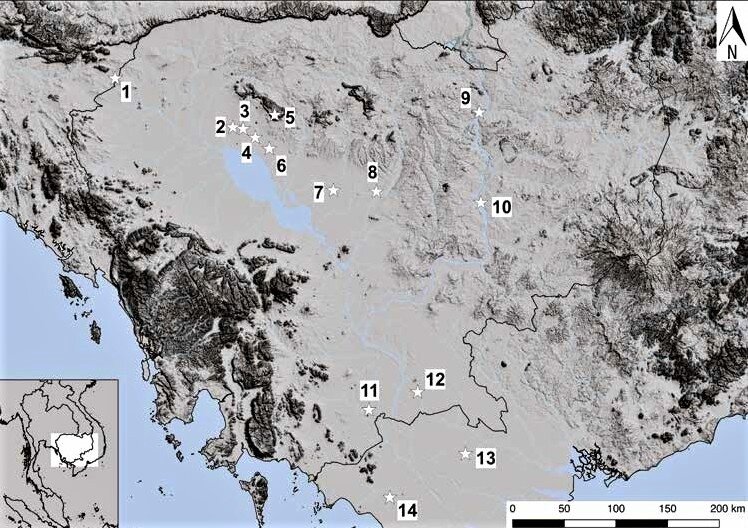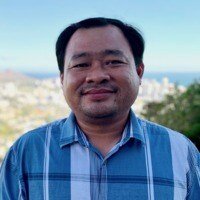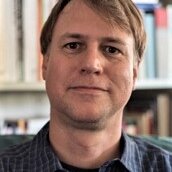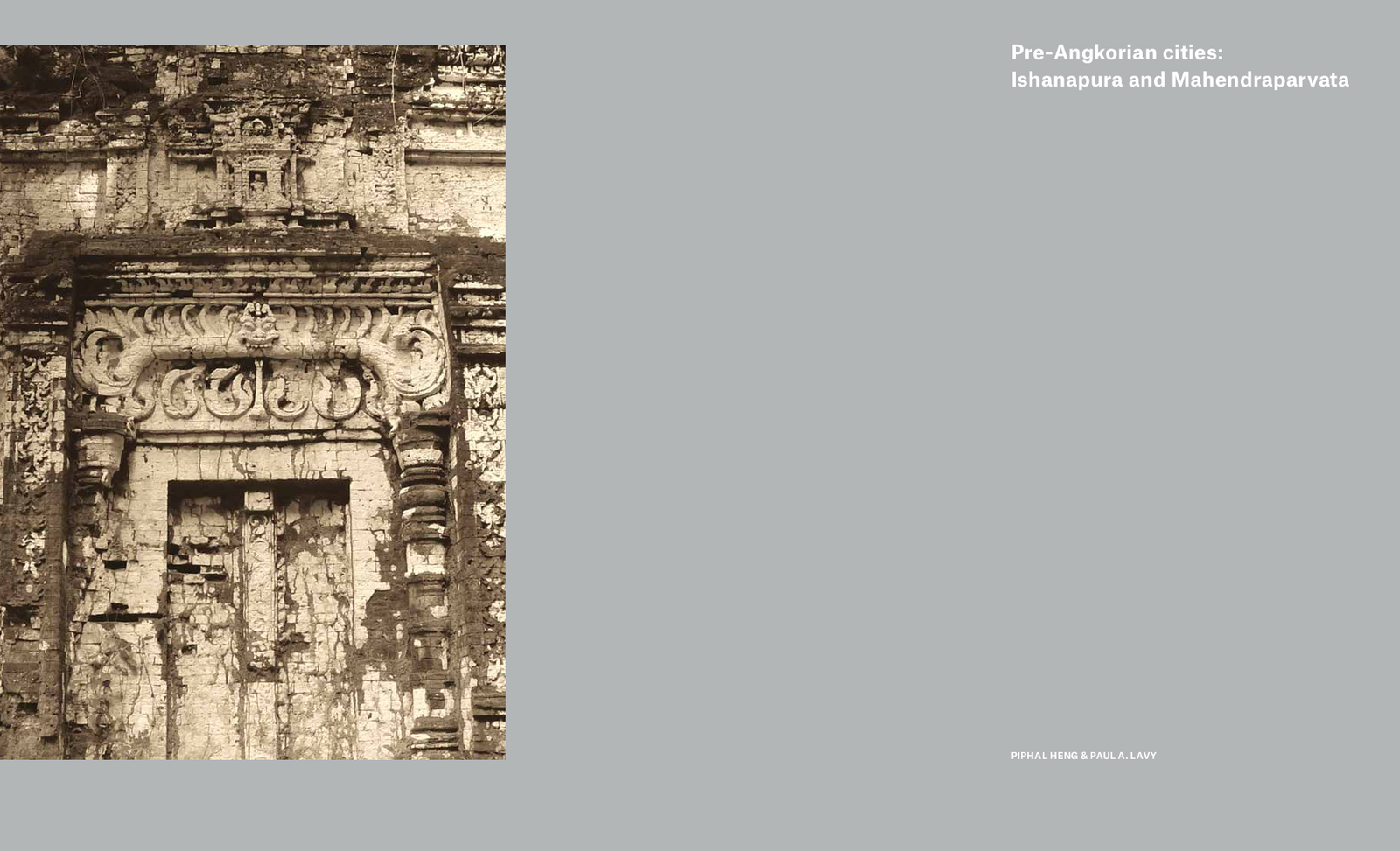Pre-Angkorian cities: Ishanapura and Mahendraparvata
by Piphal Heng & Paul Lavy
An exploration of pre-Angkorean urban cities, witth a focus on Ishanapura (Sambor Prei Kuk) and Mahendraparvata (Phnom Kulen).

Publication: In 'Angkor: Exploring Cambodia’s Sacred City', eds.Theresa McCullough, Stephen A. Murphy, Pierre Baptiste, Thierry Zéphir. Singapore: Asian Civilisations Museum
Published: 2018
Authors: Piphal Heng & Paul Lavy
Pages: 11
Language : English
pdf 998.3 KB
Pre-Angkor times have been extensively explored by contemporary researchers.
This study offers a summary of findings and projections from the main archaelogical sites related to pre-Angkorean civilizations (numbers refers to the map by the authors):
1. Sdok Kak Thom (inscription K.235)
2. Ak Yum (Purandarapura)
3. Angkor
4. Roluos/Bakong (Hariharalaya),
5. Phnom Kulen (Mahendraparvata)
6. Trapeang Run 1 (K.598)
7. Prasat Ampil Rolum
8. Sambor Prei Kuk (Ishanapura)
9. Thala Borivat
10. Sambor (Shambhupura)
11. Angkor Borei (Phnom Da)
12. Kdei Ang (K.53)
13. Go Thap Muoi (aka Go Thap or Prasat Pram Loveng)
14. Oc Eo.
Quoting Clifford Geertz, the authors conclude that “The early Southeast Asian city can be generally characterised as an “exemplary centre” that served political, economic, and social functions while simultaneously representing an “embodiment” of power and a model “microcosm of the supernatural order”.
Tags: pre-Angkorean, Champa, Funan
About the Authors

Piphal Heng
Heng Piphal is a Cambodian archaeologist, currently a postdoctoral scholar at UCLA-Cotsen Institute of Archaeology.
After receiving his degree in archaeology from the Cambodia’s Royal University of Fine Arts in 2002, and a MA and PhD degree in Anthropology from the University of Hawai‘i at Mānoa in 2018, Heng Piphal was a ACLS-Robert H. N. Ho postdoctoral fellow at the Center for Southeast Asian Studies & Department of Anthropology, Northern Illinois University from 2019 to 2021.
His resarchthemes include religious change, urbanism, settlement patterns, political economy, and sociopolitical organizational shift, as well as the intersection between heritage management, collaborative/public archaeology, knowledge production, and urban development.
His current project explores the transformation of urban and rural settlements in response to the demographic and political changes that took place with the adoption of Theravada Buddhism in Angkor (14th-18th century Cambodia).

Paul Lavy
An associate professor at University of Hawaii Manoa, Paul A. Lavy received his BA in cultural anthropology and his MA and PhD in South and Southeast Asian art history. He taught ancient art history at Loyola Marymount University, Los Angeles, and Asian and Islamic art history at Pennsylvania State University, University Park.
His ongoing research, which has been funded by the University of Hawaii Research Council, the Metropolitan Museum of Art, the Asian Cultural Council, and the National Security Education Program, investigates the links between art, architecture and political history in early historic Southeast Asia, primarily the Hindu-Buddhist artistic traditions associated with the Mekong Delta and Preangkorian Khmer civilization, and their relationships with the art of South Asia. He is currently researching and writing a book on early sculpture from Thailand, Laos, Cambodia, and Vietnam, The Crowned Gods of Early Southeast Asia.
Publications
[under construction]
‘As in Heaven, So on Earth: The Politics of Visnu, Siva and Harihara Images in Preangkorian Khmer Civilisation’, Journal of Southeast Asian Studies 34 – 1, 2003.

